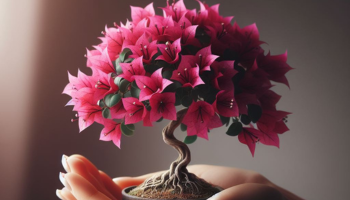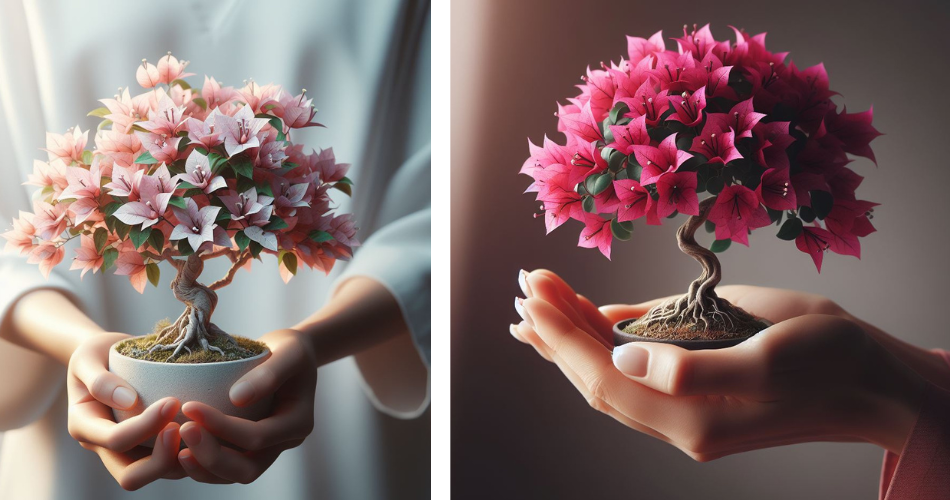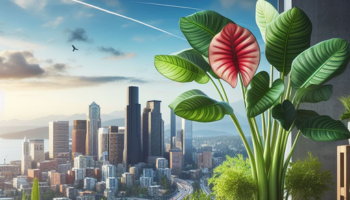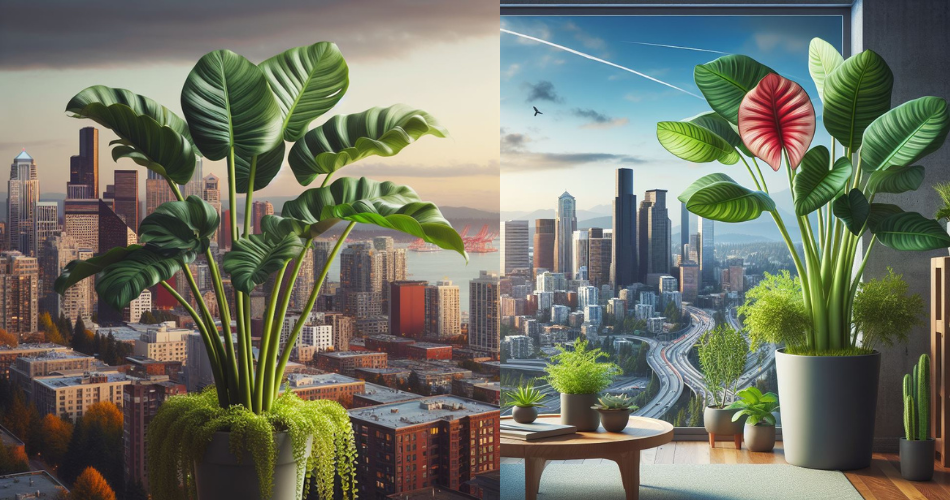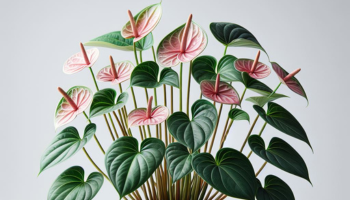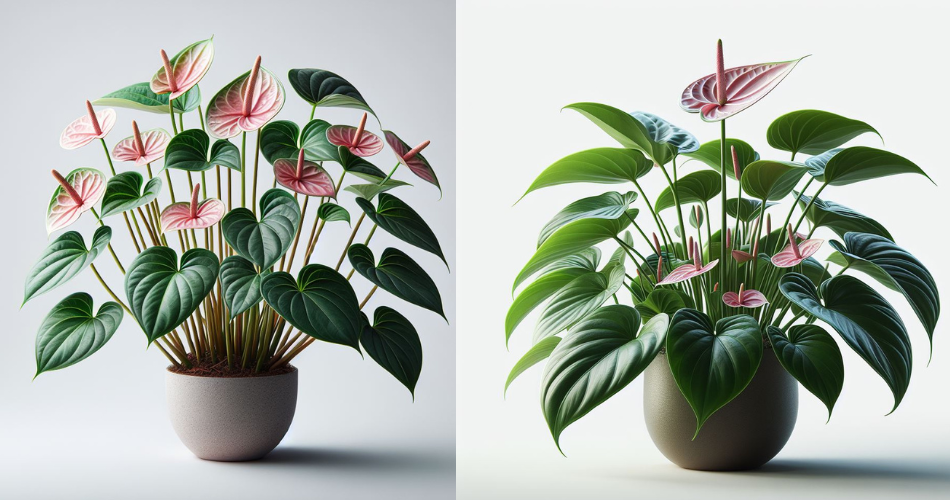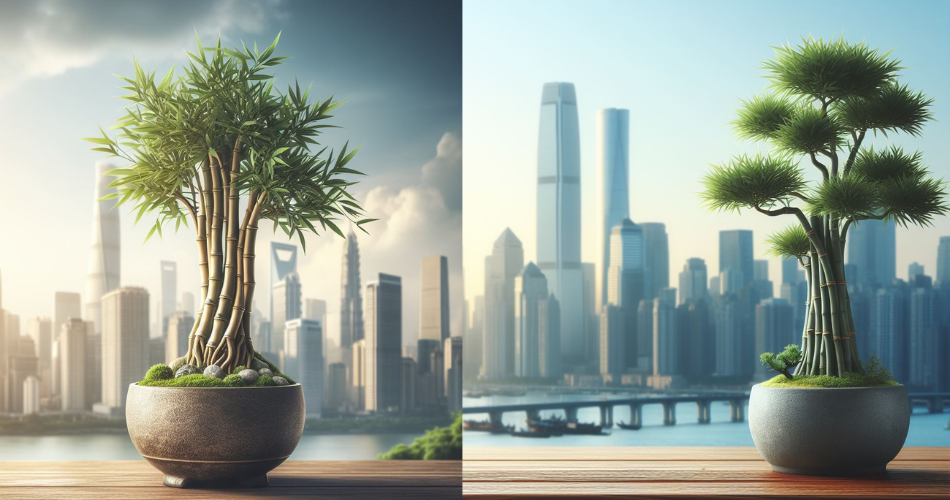
Bamboo bonsai, a miniature representation of the elegant and versatile bamboo plant, has gained immense popularity among bonsai enthusiasts worldwide. In this article, we will delve into the captivating world of bamboo bonsai, exploring its rich history and cultural significance. We will also provide comprehensive guidance on selecting the right bamboo species for bonsai cultivation, along with essential care techniques to ensure the health and vigor of your bonsai. Additionally, we will discuss shaping and pruning methods, potting and repotting guidelines, advanced techniques for experienced enthusiasts, and troubleshooting common issues that may arise during the care of bamboo bonsai. So, let us embark on this journey, unlocking the secrets to creating unique and beautiful bamboo bonsai arrangements.
Bamboo Bonsai: History and Significance
1.1 The Origins of Bamboo Bonsai
Bamboo bonsai may seem like a recent invention, but its history actually dates back thousands of years. Originating in ancient China and Japan, bamboo bonsai has evolved from a traditional art form into a popular practice for plant enthusiasts worldwide. The art of cultivating bamboo in miniature form started as a way to bring nature indoors and create a sense of tranquility and balance in the home.
1.2 Cultural Significance and Symbolism
Bamboo bonsai holds a special place in Chinese and Japanese cultures, symbolizing strength, flexibility, and resilience. It is often associated with good luck, prosperity, and longevity. The intricate beauty of the twisted trunks and delicate foliage reflects the harmony between man and nature. Displaying a bamboo bonsai in your home not only adds a touch of elegance but also brings positive energy and a sense of zen.
2. Selecting the Right Bamboo Species for Bonsai
2.1 Characteristics of Ideal Bamboo Species for Bonsai
When choosing a bamboo species for bonsai, certain characteristics are desirable. Look for bamboo varieties with compact growth habits, small leaves, and flexible canes that can be easily shaped. The ideal bamboo bonsai species should also be able to withstand indoor conditions, such as lower light levels and regulated temperatures.
2.2 Popular Bamboo Species for Bonsai
Some popular bamboo species for bonsai include:
– Dwarf Buddha Belly Bamboo (Bambusa ventricosa): This compact variety has unique swollen internodes that resemble a belly, adding an interesting texture to your bonsai collection.
– Arrow Bamboo (Pseudosasa japonica): Known for its slender and gracefully arching canes, this bamboo species is an excellent choice for creating dynamic and flowing bonsai designs.
– Golden Bamboo (Phyllostachys aurea): With its striking yellow culms, this bamboo variety adds a vibrant and eye-catching element to any bonsai display.
3. Essential Care Techniques for Bamboo Bonsai
3.1 Light and Temperature Requirements
Bamboo bonsai thrive in bright, indirect light. Place your bonsai near a window that receives ample sunlight, but avoid direct sunlight as it can scorch the leaves. As for temperature, bamboo bonsai prefer a moderate range of 60-80°F (15-26°C). Protect them from extreme cold or heat as it can stress the plant.
3.2 Watering and Humidity Control
Proper watering is crucial for the health of your bamboo bonsai. Water the plant thoroughly when the top inch of soil feels dry, allowing excess water to drain away. Avoid overwatering, as it can lead to root rot. Bamboo bonsai also appreciate higher humidity levels, so misting the foliage or placing the pot on a humidity tray can help create a more favorable environment.
3.3 Soil Composition and Fertilization
Bamboo bonsai prefer well-draining soil with good moisture retention. A mix of bonsai soil, perlite, and organic matter like compost or coco coir works well. Fertilize your bamboo bonsai regularly during the growing season with a balanced liquid fertilizer. This will ensure that your bonsai receives the necessary nutrients to maintain its health and vigor.
4. Shaping and Pruning Bamboo Bonsai: Methods and Tools
4.1 Basic Principles of Shaping Bamboo Bonsai
Shaping bamboo bonsai involves a combination of wiring and pruning techniques. Understand the natural growth pattern of the bamboo species you are working with and use wire to gently guide the canes into desired shapes. Be patient, as bamboo grows at its own pace. Remember that bonsai is a long-term project and shaping should be done gradually to avoid stressing the plant.
4.2 Techniques for Pruning and Trimming
Regular pruning is essential for maintaining the shape and aesthetics of your bamboo bonsai. Remove any dead, damaged, or overcrowded branches to encourage healthy growth. To control the overall height and density of the plant, selectively prune branches back to a desired length or remove excessive shoots. Always use clean and sharp pruning shears to minimize damage to the plant.
4.3 Tools and Equipment for Shaping and Pruning
To shape and prune your bamboo bonsai effectively, you will need a few basic tools. These include:
Wire: Use aluminum or copper wire to gently bend and shape the canes without causing damage.
Pruning Shears: Invest in a good pair of bonsai pruning shears for precise and clean cuts. Make sure to keep them clean and sharp for optimal performance.
Root Hook: A root hook comes in handy when repotting your bamboo bonsai, helping to untangle and prune any circling roots.
With the right techniques, care, and a touch of creativity, growing and shaping bamboo bonsai can be a rewarding and enjoyable experience. So go ahead, delve into this ancient art form and create your own miniature bamboo paradise!.1 Yellowing or Browning Leaves: Possible Causes and Solutions
8.2 Overwatering or Underwatering: How to Find the Right Balance
8.3 Stunted Growth or Lack of Vigor: Identifying and Addressing Nutritional Deficiencies
5. Maintaining the Health and Vigor of Bamboo Bonsai
5.1 Recognizing and Preventing Common Pests and Diseases
Bamboo bonsai, just like any other plant, can fall victim to various pests and diseases. It’s essential to be able to identify common issues early on and take prompt action. Keep an eye out for pests such as aphids, spider mites, and scale insects. If you notice any signs of infestation, don’t panic! A gentle insecticidal soap or neem oil spray should help eliminate the unwanted visitors. As for diseases, bamboo bonsai is generally hardy, but overwatering can lead to root rot or fungal infections. Be mindful of the watering schedule and ensure proper drainage to prevent these issues.
5.2 Regular Inspections and Maintenance Practices
To keep your bamboo bonsai in top shape, regular inspections and maintenance are crucial. Check the leaves and stems for any signs of discoloration, wilting, or damage. Prune away any dead or yellowing foliage to promote new growth and maintain a clean appearance. Additionally, be sure to remove any weeds that may appear around the bonsai. Weeds can compete with the bamboo for nutrients and water, affecting its overall health. With a little TLC, your bamboo bonsai will thrive and impress!
5.3 Enhancing the Bonsai’s Overall Health and Vitality
Apart from the standard care routine, several practices can help boost the overall health and vitality of your bamboo bonsai. Regularly fertilizing with a balanced bonsai fertilizer will provide the necessary nutrients for growth. Additionally, consider using a root stimulant to encourage strong root development. Every few years, you may also need to perform root pruning to prevent the roots from becoming overly compacted. Remember, a healthy bamboo bonsai is a happy bamboo bonsai!
6. Potting and Repotting Bamboo Bonsai: Tips and Guidelines
6.1 Understanding the Timing and Frequency of Repotting
When it comes to repotting your bamboo bonsai, timing is everything. The ideal time for repotting is during the early spring when the plant is entering its active growing phase. Repotting too late or too early can disrupt the tree’s growth. As for the frequency, bamboo bonsai typically requires repotting every two to three years. However, this may vary depending on the growth rate and size of your bonsai.
6.2 Selecting the Right Pot and Soil Mix
Choosing the right pot and soil mix is crucial for the health and development of your bamboo bonsai. Opt for a pot with adequate drainage holes to allow excess water to escape. As for the soil mix, using a well-draining bonsai soil with a blend of organic materials and inorganic components (such as perlite or pumice) is ideal. This ensures proper water retention and prevents the roots from getting waterlogged.
6.3 Step-by-Step Repotting Process
The repotting process can seem daunting, but with the right approach, it’s a breeze. Start by gently removing the bonsai from its current pot, being careful not to damage the roots. Once removed, examine the roots and trim any circling or damaged ones. Then, place a layer of fresh soil mix at the bottom of the new pot, position the bonsai in the center, and carefully fill it with the remaining soil, ensuring the roots are well-covered. Finally, give your bamboo bonsai a good watering to settle the soil.
7. Advanced Techniques for Bamboo Bonsai Enthusiasts
7.1 Air Layering and Propagation Methods
For the adventurous bamboo bonsai enthusiasts, there are advanced techniques to explore. Air layering is one such method that allows you to propagate new plants from an existing bamboo bonsai without disturbing the main tree. It involves creating a root system on a section of the stem, which can then be separated and potted as a new bonsai. This technique opens up endless possibilities for expanding your bamboo bonsai collection.
7.2 Developing Advanced Branching and Root Systems
To create a more mature and aesthetically pleasing bamboo bonsai, advanced techniques can be employed to develop intricate branching and root systems. By selectively pruning and wiring the branches, you can create the desired shape and structure for your bonsai. Similarly, root pruning and manipulation can help create a more distinctive and impressive root system. These techniques require patience and skill but can yield remarkable results.
7.3 Alternative Styling and Design Approaches
For those looking to push the boundaries of traditional bamboo bonsai aesthetics, exploring alternative styling and design approaches can be tremendously exciting. From cascading styles to creative arrangements in unique containers, the possibilities are endless. Don’t be afraid to experiment and let your creativity run wild. After all, bonsai is a true art form that allows for personal expression and individuality.
8. Troubleshooting Common Issues in Bamboo Bonsai Care
8.1 Yellowing or Browning Leaves: Possible Causes and Solutions
If you notice your bamboo bonsai’s leaves turning yellow or browning, there might be underlying issues causing this discoloration. Overwatering, underwatering, nutrient deficiencies, or excessive sun exposure can all contribute to leaf problems. Adjusting the watering schedule, ensuring proper nutrient balance, and providing adequate shade can help alleviate these issues and restore the vibrant green color of your bonsai’s foliage.
8.2 Overwatering or Underwatering: How to Find the Right Balance
Proper watering is crucial for the health of your bamboo bonsai. Both overwatering and underwatering can have detrimental effects. To find the right balance, observe the soil’s moisture level and get to know your bonsai’s specific needs. Stick your finger into the soil to check for dryness before watering. If it feels slightly moist, hold off on watering. However, if it feels dry, give your bonsai a thorough watering until water starts coming out of the drainage holes.
8.3 Stunted Growth or Lack of Vigor: Identifying and Addressing Nutritional Deficiencies
Is your bamboo bonsai not growing as vigorously as you’d like? Nutritional deficiencies could be the culprit. Nitrogen, phosphorus, and potassium are essential elements for healthy plant growth. If you suspect a deficiency, considering adjusting the fertilizer regimen or using a specialized bonsai fertilizer that provides the necessary nutrients. Additionally, regular inspections and prompt action against pests and diseases will ensure your bonsai is receiving optimal care and thriving.In conclusion, bamboo bonsai is a remarkable art form that combines the beauty of bamboo with the intricate techniques of bonsai cultivation. By understanding the history, selecting the right species, and mastering the essential care techniques, you can create stunning and unique bamboo bonsai arrangements. With patience, dedication, and a passion for this ancient art, your bamboo bonsai will thrive and bring joy for years to come. So, embrace the challenge, explore your creativity, and let the elegance of bamboo bonsai breathe life into your living space. Happy bonsai gardening!
FAQs
Q: Can any species of bamboo be used for bonsai?
A: While not all bamboo species are suitable for bonsai cultivation, there are several species that work exceptionally well for creating bamboo bonsai. These species have naturally small leaves, flexible branches, and a compact growth habit, making them ideal for bonsai styling.
Q: How often should I water my bamboo bonsai?
A: The watering frequency for bamboo bonsai depends on various factors such as the species, pot size, climate, and season. As a general guideline, it is recommended to allow the top layer of soil to dry out slightly between watering sessions. Always monitor the moisture levels and adjust the watering schedule accordingly.
Q: Can I shape my bamboo bonsai into different styles and designs?
A: Absolutely! Bamboo bonsai can be shaped into various styles such as formal upright, slanting, cascade, and semi-cascade, among others. With proper pruning and wiring techniques, you can create your desired shape and design, adding a unique touch to your bamboo bonsai.
Q: How can I prevent common pests and diseases in bamboo bonsai?
A: Regular inspections and proper care practices can help prevent common pests and diseases in bamboo bonsai. Ensure your bonsai is placed in an appropriate environment with adequate ventilation and sunlight. Additionally, maintaining good hygiene, such as removing fallen leaves and debris, can help deter pests and reduce the risk of diseases.






